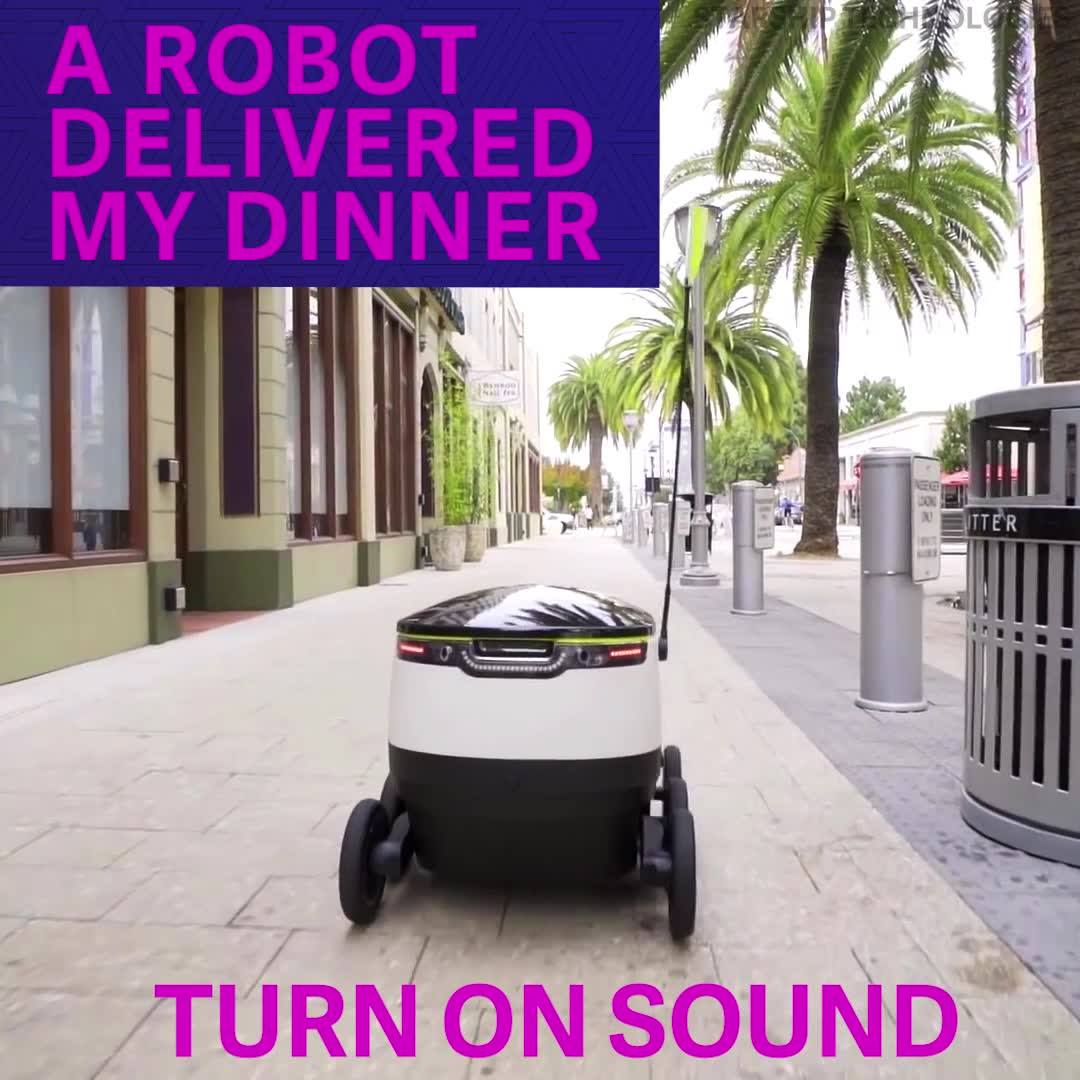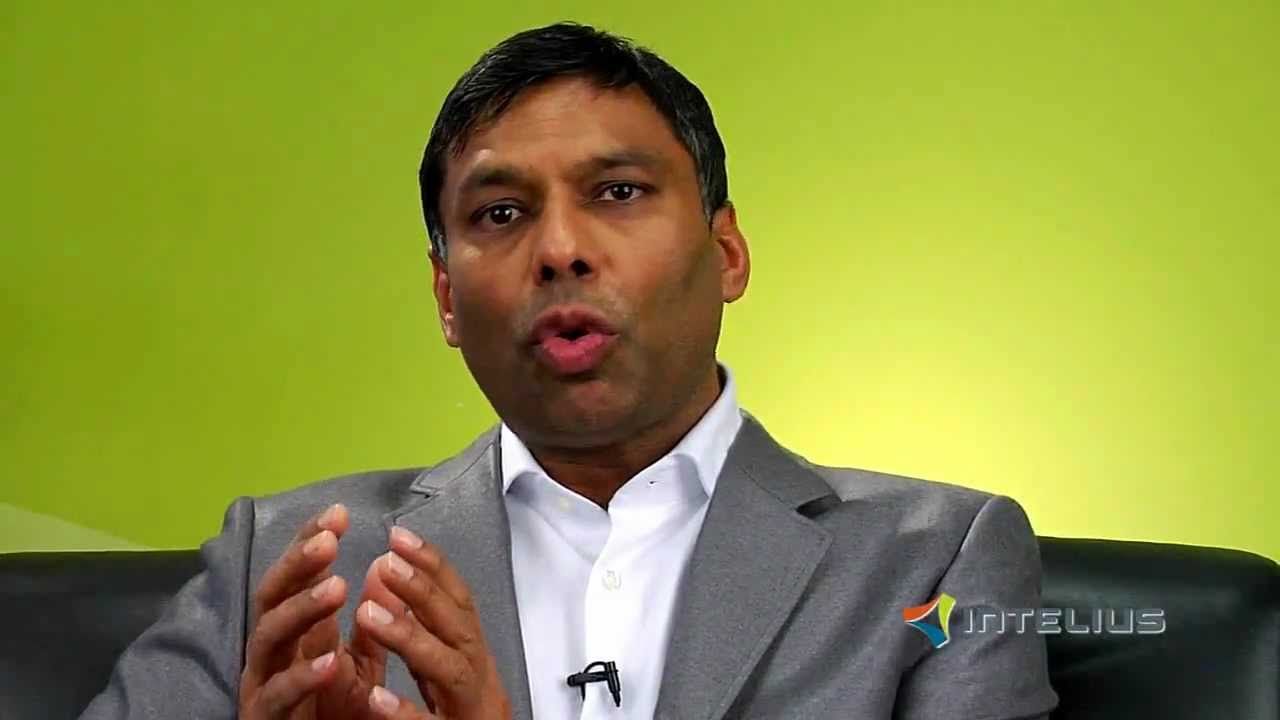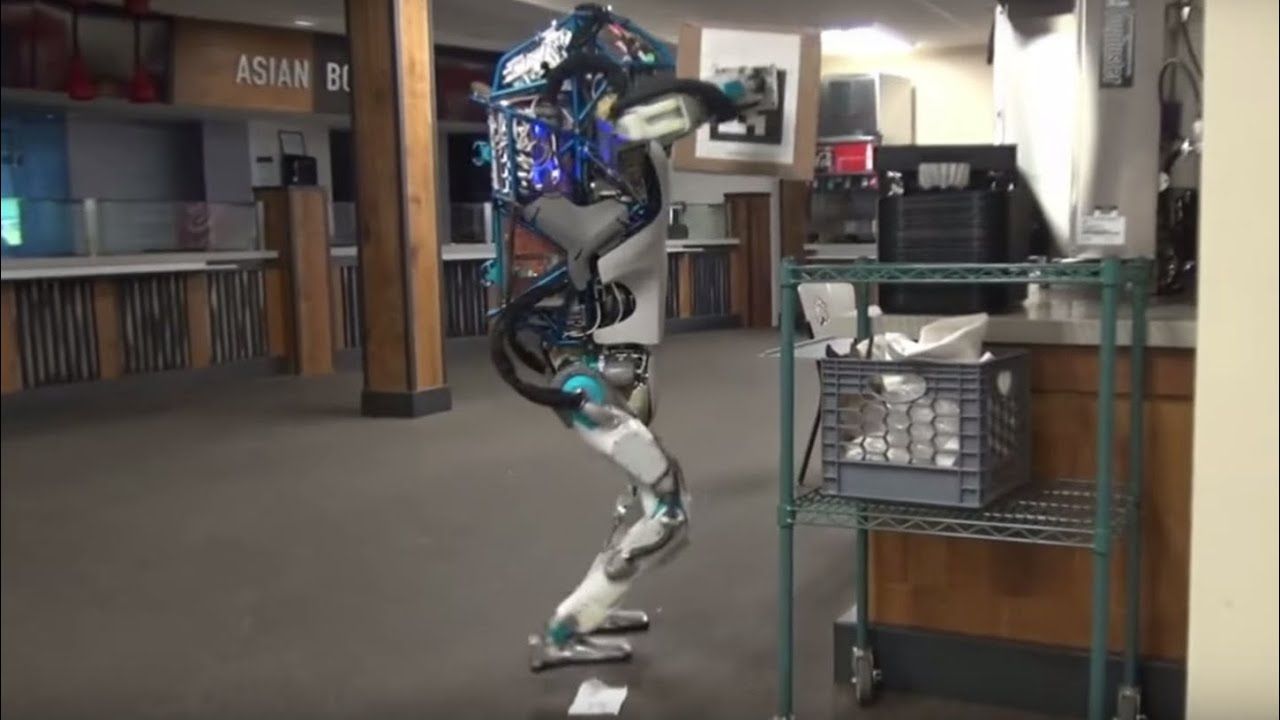Aug 15, 2017
This will make your kid walk in no time!
Posted by Shailesh Prasad in category: futurism

SAN FRANCISCO (Reuters) — Amazon.com Inc is exploring a technology first developed for the U.S. military to produce tasty prepared meals that do not need refrigeration, as it looks for new ways to muscle into the $700 billion U.S. grocery business.
The world’s biggest online retailer has discussed selling ready-to-eat dishes such as beef stew and a vegetable frittata as soon as next year, officials at the startup firm marketing the technology told Reuters.
The dishes would be easy to stockpile and ship because they do not require refrigeration and could be offered quite cheaply compared with take-out from a restaurant.
Continue reading “Amazon looks to new food technology for home delivery” »



Nextbigfuture interviewed Naveen Jain at the Singularity University Global Summit. Naveen K. Jain is a business executive, entrepreneur and the founder and former CEO of InfoSpace and a fonder of Moon Express, Viome, World Innovation Institute, Bluedot, iNome, TalentWise and Intelius. He was Ernst and Young’s Entrepreneur of the Year, Silicon India’s “Most Admired Serial Entrepreneur,” and the receiver of “Albert Einstein Technology Medal” for his pioneers in technology, he has been repeatedly honored for his entrepreneurial successes. Red Herring also recognized him as one of the “Top 20 Serial Entrepreneurs” and with the “Lifetime Achievement Award.” In 2015, Naveen Jain had a net worth of $2.2 billion.

Researchers at The Ohio State University Wexner Medical Center and Ohio State’s College of Engineering have developed a new technology, Tissue Nanotransfection (TNT), that can generate any cell type of interest for treatment within the patient’s own body. This technology may be used to repair injured tissue or restore function of aging tissue, including organs, blood vessels and nerve cells.
Results of the regenerative medicine study published in the journal Nature Nanotechnology.
Continue reading “Breakthrough device heals organs with a single touch” »
Scientists are starting to run for office to bring evidence-based reasoning back to government.

Boston Dynamics demo clip shows we are not quite living in an i, Robot future – even if the machines can skate better than you can.
Tesla head warns of dangers of AI and pushes for regulation as OpenAI he backed beats best human players in online DotA 2 championship.
It’s getting too easy to create dangerous viruses. The upcoming national biodefense strategy should ensure that scientific journals don’t help terrorists learn how.
The news that researchers have recreated an extinct cousin to the smallpox virus using only commercially available technology and items purchased over the Internet renews concerns that bioterrorists could do the same if detailed information about the methods were published. Here’s the problem: scientific journals are geared toward publication, often without sufficient understanding of the public-security risks. We need a better system to ensure that information that could help bad actors stays unpublished.
It took David Evans’ team of scientists at the University of Alberta in Edmonton, Canada, about six months and $100,000 to recreate the horsepox virus, a close relative of the smallpox virus that killed perhaps 300 million people in the 20th century before it was eradicated in 1980. In a summary of the research, the World Health Advisory Committee on Variola Virus Research wrote that “recreation of such viral genomes did not require exceptional biochemical knowledge or skills, significant funds, or significant time.”
Continue reading “The Government Must Review What Bioresearch Journals Publish” »
